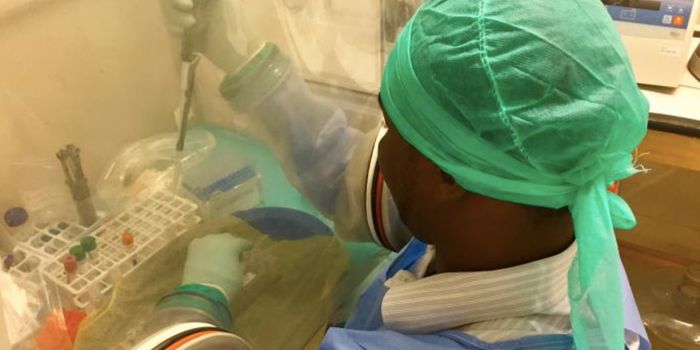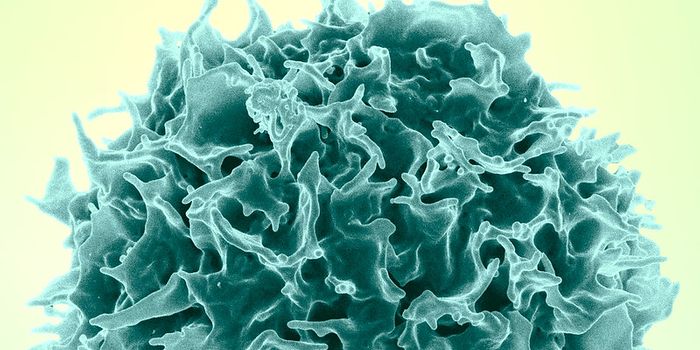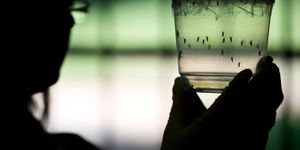A Skin Microbiome Imbalance may Lead to Acne
Acne is a common skin problem and the causes are not understood. As such, there aren’t always effective treatments available for every individual. Researchers are making big strides, however. New work published in Scientific Reports indicates that bacteria living on the skin is a major influence on the development of acne.
It is known that one bacterium, Propionibacterium acnes (described in the video above), is associated with acne. Acne is a disorder affecting hair follicles, and P. acnes is the most abundant species residing in the follicle in healthy individuals as well as those with acne. The role this bacterium might play in acne is unknown, however.
Scientists wanted to learn more about the bacteria living on facial skin. Led by Dr Huiying Li, an Associate Professor of Molecular and Medical Pharmacology at the David Geffen School of Medicine at UCLA, the investigators utilized pore cleansing strips found in drugstores to harvest skin follicle samples from 72 individuals; 38 of them had acne and 34 were not affected by the disease. An advanced DNA sequencing technique called shotgun analysis was utilized in order to identify the bacteria on the skin, or the skin microbiome, of the two groups. The team compared the data from groups and went on to confirm their observations in another ten individuals.
The researchers did find variations in the skin microbiomes, detailing small differences in the genetic makeup of P. acnes strains in the two different clinical groups. In the group without acne, the skin microbiome had less diversity and carried many genes relevant to bacterial metabolism. Those genes are thought to be influential in shielding the skin from colonization by harmful bacteria. In the individuals affected by acne, the micro biome carried higher levels of genes related to virulence, such as those that aid in the production and transport of bacterial toxins that may be harmful to the skin.
The genetic data obtained by the researchers enabled them to create profiles that predicted the acne status of individuals with a high degree of accuracy. "This study suggests that the make-up of the bacteria in the follicles can reflect, as well as influence, the skin condition in acne or healthy skin,” said Li.
This data will hopefully allow researchers to leaner more about the mechanisms that underlie acne development. It could also improve treatments, which could be targeted specifically to create a healthy balance in the skin microbiota. Current antibiotic therapies can unselectively target both harmful and beneficial bacteria, and may not be a great way to treat acne. New treatments might include probiotic supplementation or a molecule that would selectively kill only certain strains of pathogenic bacteria.
"Understanding the bacterial community on the skin is important for the development of personalized treatments in acne. Instead of killing all bacteria, including the beneficial ones, we should focus on shifting the balance toward a healthy microbiota by targeting harmful bacteria or enriching beneficial bacteria,” said the first author of the work, Dr. Emma Barnard, a researcher in the Department of Molecular and Medical Pharmacology at the David Geffen School of Medicine at UCLA.
You can learn more about research on the skin microbiome from the video above featuring Dr. Elizabeth Grice (who was not involved with this work).
Sources: AAAS/Eurekalert! via Microbiology Society, Scientific Reports









